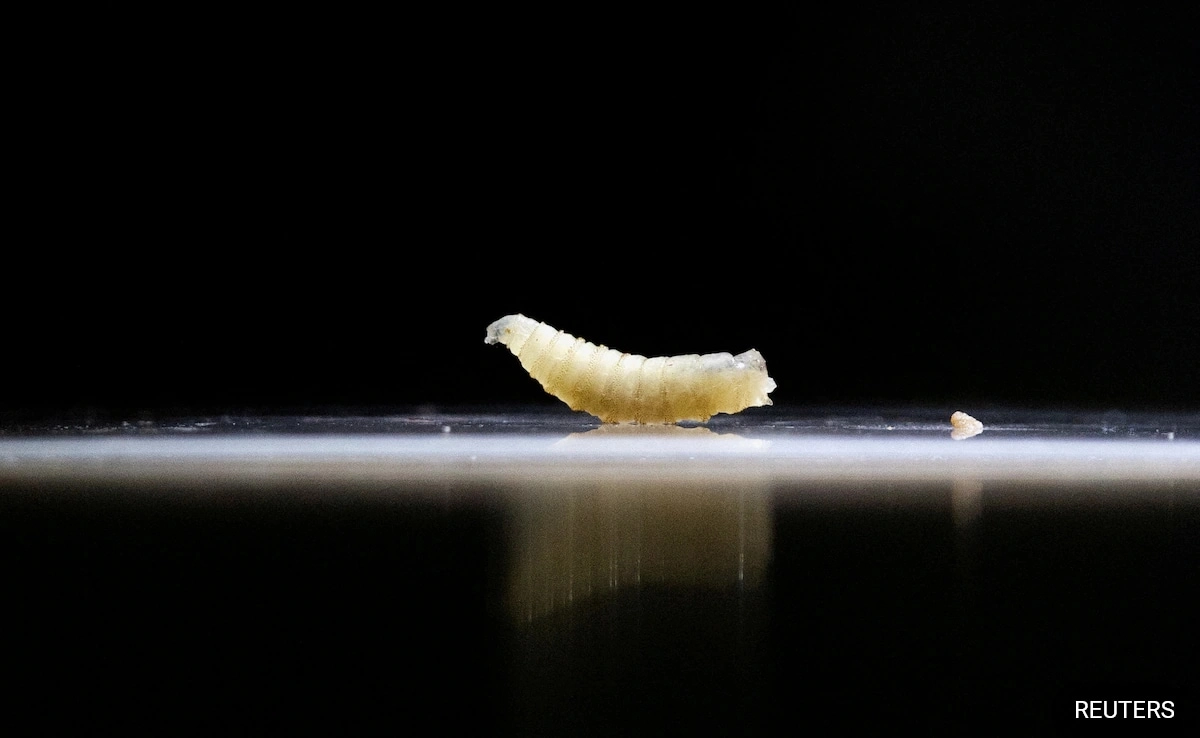A concerning public health issue has emerged in Maryland, as health officials have confirmed the identification of a flesh-eating screwworm parasite in a human case within the state. This rare and alarming occurrence has raised alarms among health professionals and the community alike, given the potential severity of infections caused by this parasite. The flesh-eating screwworm, scientifically known as Cochliomyia hominivorax, typically infests warm-blooded animals, but its transmission to humans, although infrequent, can lead to devastating consequences. The infection often results in severe tissue damage, necessitating immediate medical intervention.
The presence of the flesh-eating screwworm in a human case underscores the need for heightened awareness and vigilance among healthcare providers and the public. Health officials are urging individuals to be cautious, particularly those who may have been in contact with environments where the parasite is known to thrive. The screwworm larvae are attracted to open wounds or sores, where they can invade and feed on living tissue. This underscores the importance of proper wound care and hygiene, as well as the need for timely medical attention when signs of infection arise.
Authorities are currently investigating the source of the infection and any potential connections to animal populations that may have been affected. The Maryland Department of Health is closely monitoring the situation, collaborating with local healthcare facilities to provide guidelines for diagnosis and treatment. Public health campaigns may also be launched to educate the community on recognizing symptoms and understanding how to prevent such infections. As this case unfolds, the priority remains on ensuring the safety and well-being of the population while containing any potential spread of the parasite.
The emergence of the flesh-eating screwworm in a human case serves as a reminder of the complex interactions between wildlife, livestock, and human health. It emphasizes the necessity for ongoing surveillance of zoonotic diseases—those that can be transmitted between animals and humans. As researchers continue to study the parasitic life cycle and its environmental triggers, the health community remains on alert, prepared to respond to any further incidents. In the meantime, individuals are advised to remain informed, practice good hygiene, and seek medical care at the first sign of unusual wounds or skin lesions.




